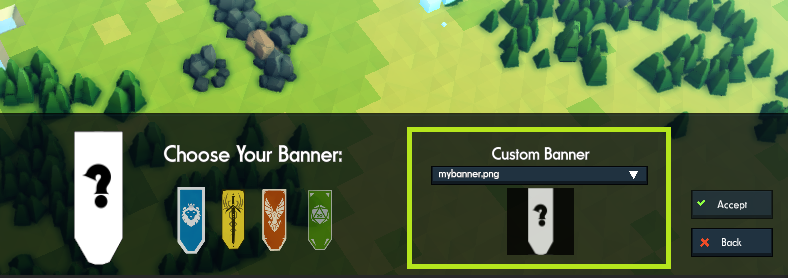

The banner is the most common style of flag and most medieval flags seen today are banners. Pennon: A medium-sized flag that was attached to the head of a spear.īanner: A perpendicular long flag. It’s a medium-sized flag, flown vertically, displaying the owner’s crest. Streamers: Long, tapering flags often used aboard ships. It was destroyed in the French Revolution. Red and orange in color, it flew from a lance instead of a pole. Oriflamme: It was not a shape or style of flag but was the actual battle standard of the King of France himself. GuidonsĪre popular in the United States military today. Guidon: A triangular flag of medium size. Gonfanon: A flag that was flown from a vertical staff with the symbols going all the way down to the end. Today, most colleges and universities have gonfalons for ceremonial uses. It was suspendedįrom a crossbar and popular in Italy. Some of the most well known medieval flags include:Ī long flag that often had pointed ends and streamers. Styles came and went, depending on preference.

Of Richard the Lionhearted, the lion is often featured on flags in a variety of positions known as attitudes. However, one symbol that most people recognize is the lion. There were a plethora of symbols that had more subtle meanings and complicated implications. The oldest son’s, for instance, bears a “label” while the next in line bears a “crescent” mark somewhere. Some flags even had marks of cadence which revealed the place a person occupied in the family tree.

Red, an extremely popular color in those times, represented military strength and a warrior. Green symbolized hope and blue represented truth and loyalty. For instance, gold usually symbolized generosity while silver or white represented peace or sincerity. The colors on a medieval flag had certain meanings. The Significance of Colors & Symbols on Medieval Flags & Banners This practice, called heraldry, began in the 12th century. In the later years, medieval flags were almost exclusively emblazoned with a coat of arms or crest. If a flag was extremely colorful, it hinted nobility because peasants could not afford dyes.īanners were used in wars to help soldiers identify friends or enemies. By looking at a flag, observers were able to identify the status, association, or religion of the flag bearer. The Purpose of Medieval Flags & Bannersįrom the beginning, flags were used for the purpose of identification. Today, many European nations still fly medieval flags to signify their rich history. Medieval flags are some of the more enduring images from the Middle Ages. American States, Territories & Cities Flags


 0 kommentar(er)
0 kommentar(er)
